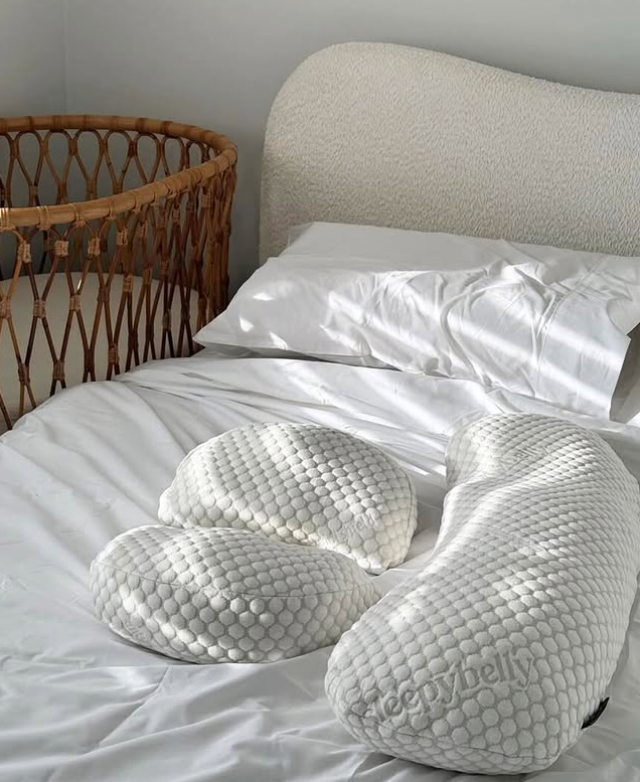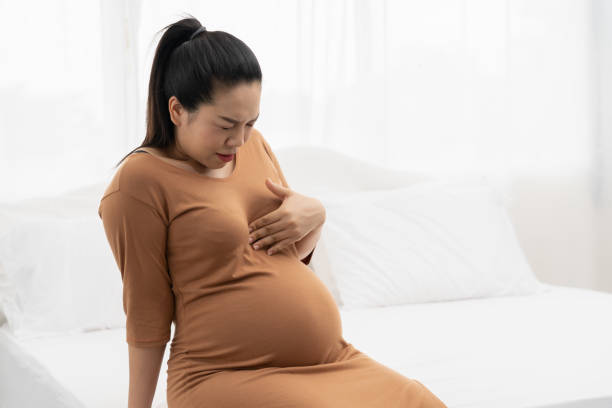Real Cost and Time Breakdown
So, you’re about to become a parent — exciting times! But wow, there’s a lot to think about, right? One of the first big questions: cloth nappies or disposable? Whether you’re just dreaming of a bump, already expecting, or juggling a newborn, it can feel like a tricky choice. You want what’s best for your bub, your wallet, your sanity, and the planet too.
Let’s break down the costs, time, eco-friendliness, and convenience of both nappies. Along the way, I’ll share practical tips to help you find the right fit for your family, including how small comforts like maternity pyjamas and pregnancy pillow can support you through this busy time.
Cloth vs Disposable Nappies: What’s the Difference?
Disposable nappies are popular for their convenience — they’re single-use, easy to grab, and require no washing. However, they come with ongoing costs and environmental concerns.
Cloth nappies, made from natural fibres or synthetic blends, are reusable and require washing and maintenance. While they demand more time, they can be more economical over time and have a smaller environmental footprint.
Environmental Impact: Which Option Is Greener?
Disposable nappies contribute significantly to landfill waste. Australians discard around 3.9 billion disposable nappies annually, with each taking up to 500 years to decompose (Planet Ark). This is a major consideration for eco-conscious parents.
Cloth nappies, while requiring water and energy for washing, generally have a lower overall environmental impact, especially when washed efficiently and line-dried. The Australian Government’s Department of Agriculture, Water and the Environment encourages reusable products to reduce waste and resource use.
For families wanting a balanced approach, hybrid methods—using cloth nappies at home and disposables when out—can reduce waste while maintaining convenience.
Real Cost Breakdown: What Will You Spend?
Disposable Nappies
-
Cost per nappy ranges from $0.35 to $0.50 in Australia.
-
Newborns may use up to 12 nappies daily, decreasing to 6-8 as they grow.
-
Over two years, costs can total $1,500 to $2,000 or more.
-
Additional expenses include wipes and rash creams.
Cloth Nappies
-
Initial investment is typically $300 to $600 for a full set, including covers and accessories.
-
Ongoing costs include water, electricity, detergent, and occasional replacements.
-
Over two years, total costs often range between $500 and $800.
-
Cloth nappies can be reused for subsequent children, further reducing costs.
For detailed budgeting advice, Raising Children Network Australia offers excellent resources.
Time and Convenience: What Fits Your Lifestyle?
Disposable nappies are undeniably convenient — quick to use and dispose of, which is a blessing during sleepless nights or busy outings. Cloth nappies require washing, drying, and sometimes more frequent changes to prevent leaks and rashes. This can add time to your daily routine, which might feel challenging when you’re already stretched thin.
That said, many parents find that with a good system, cloth nappies become manageable. Investing in quality nappies and establishing a washing routine helps ease the load. And when you’re juggling it all, wearing comfortable maternity pyjamas like Sleepybelly’s can make those long days and nights a little easier.
Hybrid Approaches: Best of Both Worlds?
Many families opt for a hybrid approach — cloth nappies at home and disposables for outings or overnight. This balances environmental concerns, cost savings, and convenience.
Practical Tips for New Parents
-
Try before you commit: Many cloth nappy brands offer trial packs so you can see what suits your baby’s skin and your lifestyle.
-
Invest in quality: Choosing well-made nappies can make a big difference in comfort and durability.
-
Efficient washing: Use energy-efficient machines and line dry nappies to reduce environmental impact.
-
Storage solutions: Wet bags or dedicated nappy bins help manage cloth nappies between washes.
-
Prioritise self-care: Comfortable maternity wear and supportive pillows, can help you rest better and feel supported during this busy time.
Final Thoughts
Choosing between cloth and disposable nappies is a personal decision shaped by your values, budget, time, and lifestyle. There’s no one-size-fits-all answer, but understanding the real costs, environmental impact, and convenience factors can empower you to make the best choice for your family.
Remember, parenting is a journey of learning and adapting. Whether you choose cloth, disposable, or a mix of both, what matters most is the love and care you give your little one.
If you’re expecting or navigating early motherhood, discover more about sleepybelly thoughtful pregnancy guide designed to make your journey a little easier at Sleepybelly Before Baby Arrives Guide.



